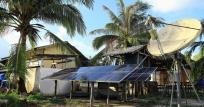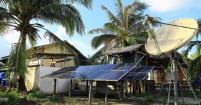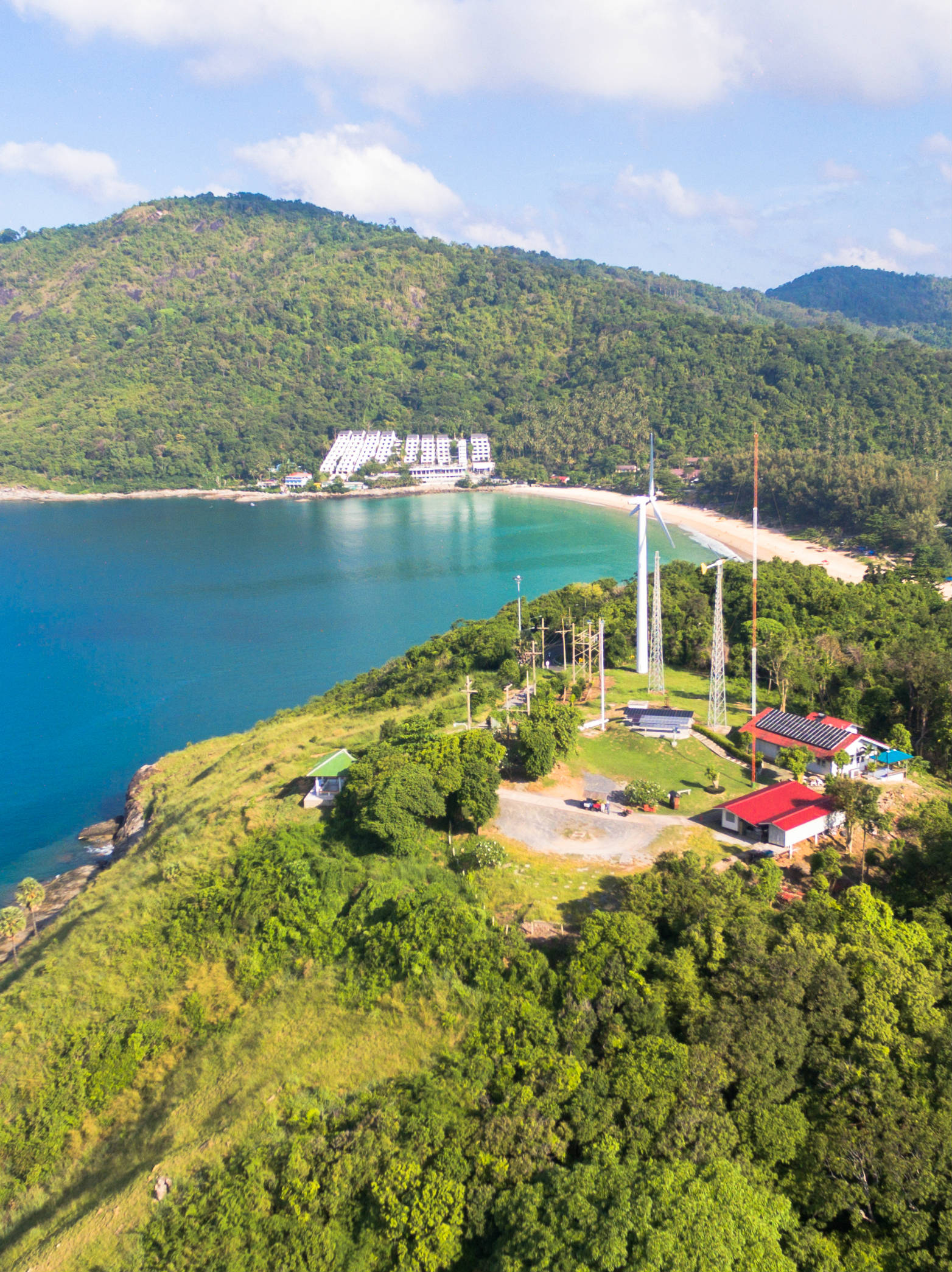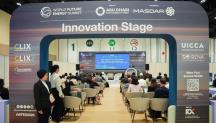

Mini-Grid Project Guide Developed for Small Islands
Newsletter
New addition to IRENA’s Project Navigator has the best practices for developing mini-grid projects in Small Island Developing States
Small Island Developing States (SIDS) can transform their power sectors towards renewable energy, addressing the challenges of affordable energy and climate change. In this context, renewable mini-grid solutions, composed of electricity generators and storage systems interconnected to a distribution network which supplies electricity to a localised group of customers, are now cost-effective and viable strategies to expand electricity access in SIDS.
Now, IRENA’s online platform, Project Navigator, provides the tools and guidance to assist in developing renewable mini-grid projects, and introduces the best practices to assist project developers in preparing, developing, and operating bankable projects, particularly in the context of SIDS.
“Renewable mini-grids have been shown to reduce energy costs and environmental impact, increase quality of life and local control over energy used, reduce carbon emissions, and improve energy reliability,” explains Roland Roesch, a Senior Programme Officer in IRENA’s Renewable Energy Markets and Technology Dialogue team.
Addressing project uncertainties and challenges, the IRENA Project Navigator platform supports and guides project developers in the development of renewable mini-grid projects specifically. The new Renewable Mini-grids guidelines describes in nine stages bankability requirements to develop, construct, and operate a renewable mini-grid project.
Developing a mini-grid project
“Project developers need to set realistic expectations and quantify project goals,” says Simon Benmarraze, an IRENA Analyst working on the Project Navigator. After having conducted an analysis of the context, developers should identify the key project activities with significant potential impacts, and create a framework for assessing any alternatives.
During the screening phase, a developer gathers detailed information on the project, and in the assessment phase carries out a primary decision point by establishing the appropriate mini-grid design.
“Mini-grids are generally a best option for islands, where the conditions mean a grid extension is not always feasible. Each island can bring its own complexity and often requires an entirely different solution, but mini-grids are an optimal solution for SIDS whenever the island’s energy demand is not fulfilled,” explains Benmarraze.
The objective during the selection phase is to rank the project options from the previous phase and to select the best project. In evaluating the project options, developers should base judgements on both quantitative and qualitative metrics. The following pre-development stage determines the mini-grid project’s final configuration and is when the developer establishes the project’s feasibility and develops models for discussions on financing. The development stage covers the design and planning requirements to prepare the financial closing of the mini-grid project — a crucial stage in which a comprehensive financial model is developed, that includes all costs and warranties for a financial closing with investors and lenders.
IRENA’s guidelines also cover construction, operation and maintenance, and decommissioning. “Mini-grids are made up of distributed, small-scale energy sources and demand-side controls and are fundamentally modular in structure,” Benmarraze explains, “For this reason, mini-grids are not built, operated or decommissioned in a conventional sense — their lifetime is not limited to the lifetime of a single component or subsystem and, if properly implemented, can continue operation virtually indefinitely.”
Supporting island project developers
Over the last three years, IRENA’s Project Navigator has developed an islands module that incorporates several renewable energy project guidelines — utility-scale solar PV, onshore wind, solar home systems, and mini-grids — specifically for SIDS.

“Mini-grids are an optimal solution for SIDS whenever the island’s energy demand is not fulfilled.” — Simon Benmarraze, IRENA
Project developers need to be able to convince investors and lenders that their project is bankable, and therefore, need to be able to identify typical project risks, and to outline strategies to mitigate them,” Benmarraze says.
Putting best practices into action, IRENA will in 2018 organise with partners, several training workshops for project developers in the Caribbean, Africa, Indian Ocean, Mediterranean, South China Sea, and Pacific islands, in applying practical steps for increasing bankability of renewable energy project proposals. These training workshops are designed to help project developers systematically and thoroughly plan projects and avoid pitfalls that jeopardize project success.
Highlighting other costless IRENA platforms, like the Sustainable Energy Marketplace, IRENA’s training workshops will identify 30 island renewable energy projects and support them into preparing bankable renewable energy project proposals — bridging the gap between studies and financing through practical deployment mechanisms.
SIDS project developers can already register their interest for the project development training workshops by sending an email to the IRENA Project Navigator at navigator@irena.org.
To find out more about the Renewable Energy Mini-Grids Project Navigator module, register to the IRENA Project Navigator platform.




